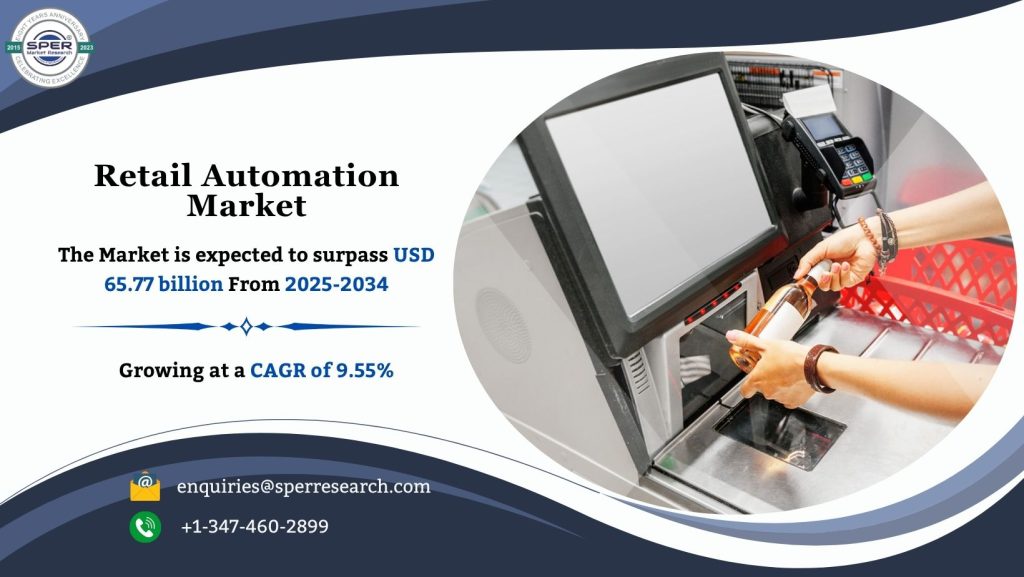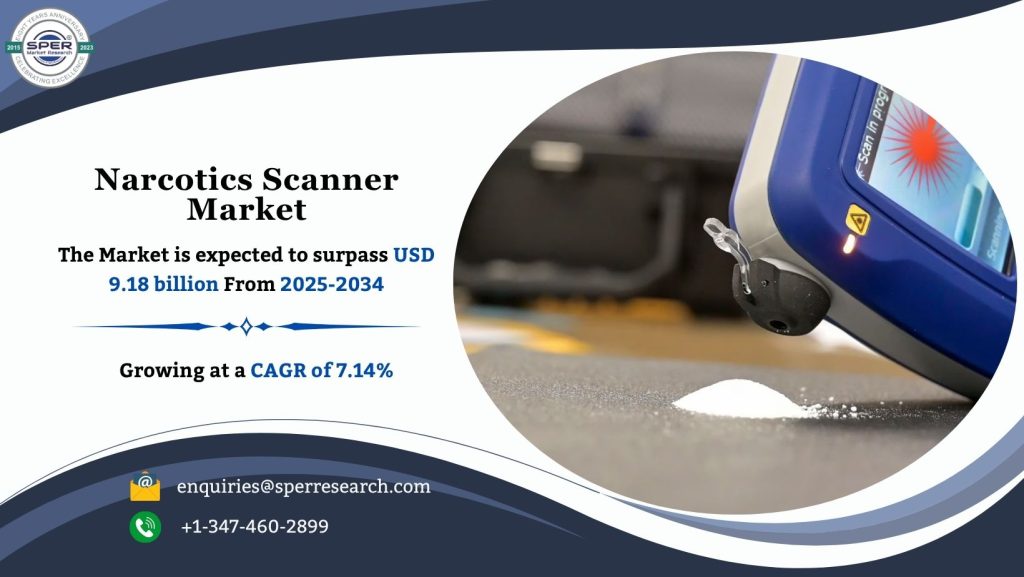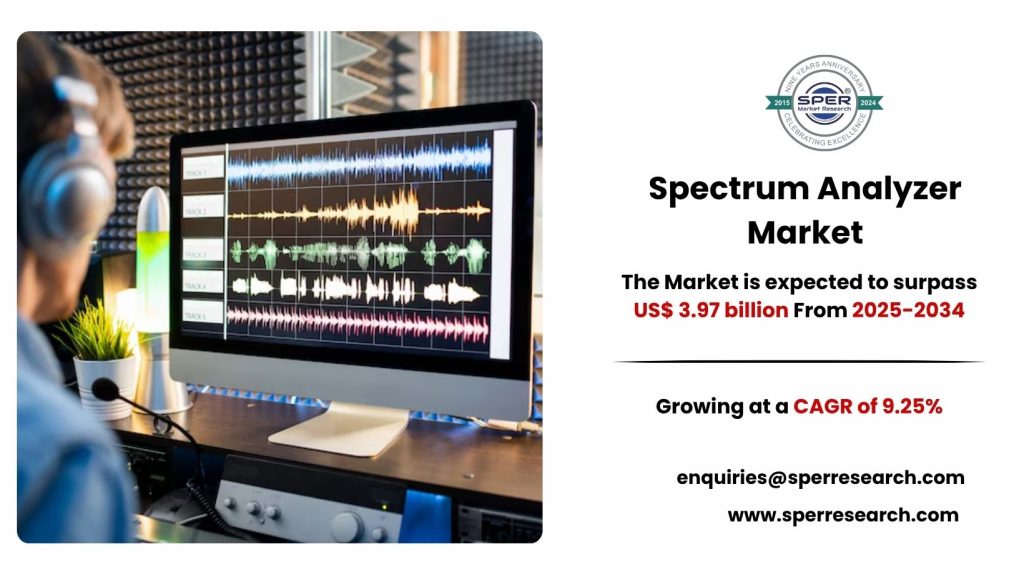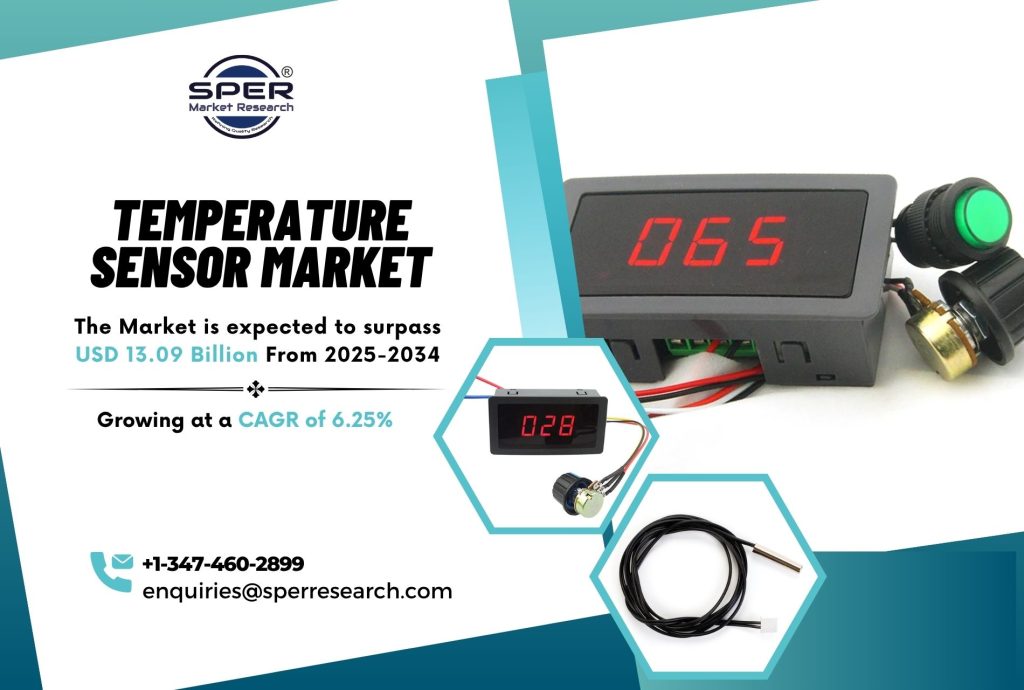Retail automation involves using technology and software to simplify various retail tasks, such as managing inventory, customer service, checkout, and marketing. Its main aims are to boost efficiency, cut costs, improve customer experience, and increase sales through technologies like Artificial Intelligence, machine learning, robotics, and the Internet of Things. With automation, customers can scan and pay for items without cashiers, reducing wait times. Mobile point-of-sale systems also allow staff to handle transactions anywhere in the store, speeding up service.
According to SPER market research, ‘Global Retail Automation Market Size- By Product, By Implementation, By End-User – Regional Outlook, Competitive Strategies and Segment Forecast to 2034’ state that the Global Retail Automation Market is predicted to reach 65.77 billion by 2034 with a CAGR of 9.55%.
Drivers:
The growth of the market is driven by rising consumer demand for personalization, convenience, and smooth shopping experiences. As lifestyles become busier, people expect seamless shopping in both online and offline channels. Personalization is essential for shoppers, and technological advancements significantly enhance the retail automation market. Emerging technologies like artificial intelligence (AI), internet of things (IoT), and machine learning are transforming retail by offering unique solutions to improve operations and efficiency. These innovations also introduce new products that simplify shopping.
Request a Free Sample Report: https://www.sperresearch.com/report-store/retail-automation-market?sample=1
Restraints:
The increased usage of automation in the retail industry has resulted in an increase in cybersecurity vulnerabilities. As interconnected systems and digital platforms become more integrated into operations, bad actors exploit weaknesses to steal critical data and disrupt procedures. This increased risk places a tremendous burden on the retail automation industry, as businesses must ensure adequate security measures while embracing automation to streamline operations and improve customer experiences.
North America had the largest market share in 2024, driven by factors like increased adoption of automation technology by major companies, a growing e-commerce sector, and rising labor costs. Many manufacturers have moved to the region to access a large customer base and benefit from economies of scale. Local retailers are enhancing customer experience with loyalty programs to promote digital payments, boosting demand for retail automation platforms. Some of the key market players are 6 River Systems LLC, Amazon Web Services, Inc, Casio Computer Co. Ltd, Datalogic S.p.A, Diebold Nixdorf, Inc, and others.
For More Information, refer to below link: –
Retail Automation Market Growth
Related Reports:
Computational Photography Market
Follow Us –
LinkedIn | Instagram | Facebook | Twitter
Contact Us:
Sara Lopes, Business Consultant — USA
SPER Market Research
enquiries@sperresearch.com
+1–347–460–2899









